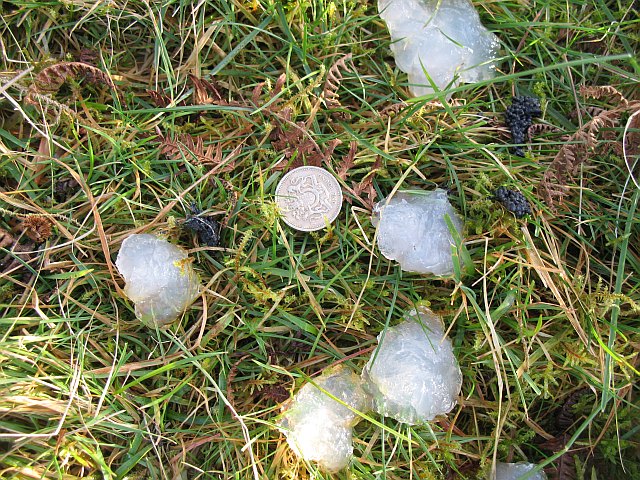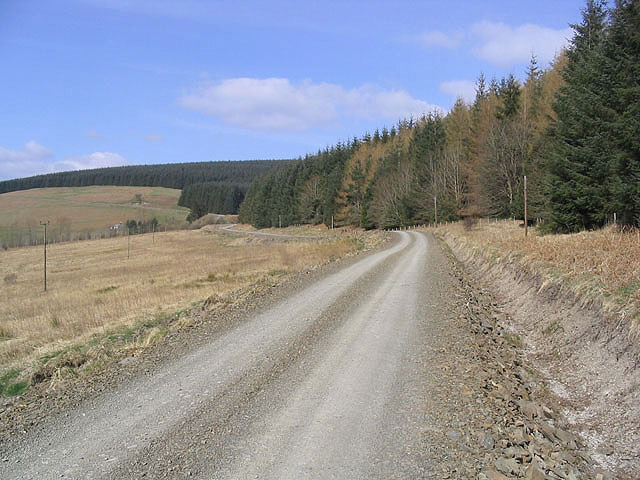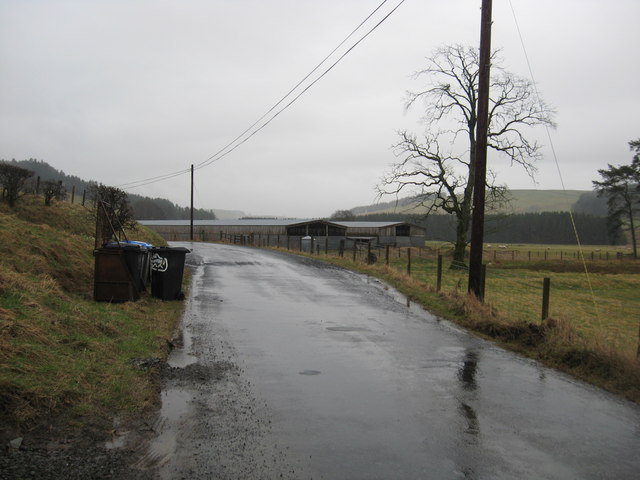Brae Head
Hill, Mountain in Roxburghshire
Scotland
Brae Head

Brae Head is a prominent hill located in Roxburghshire, a historic county in the Scottish Borders region of Scotland. Standing at an elevation of approximately 330 meters (1,082 feet), Brae Head forms part of the picturesque Cheviot Hills, which straddle the border between Scotland and England.
The hill is characterized by its gentle slopes and rolling grasslands, offering stunning panoramic views of the surrounding countryside. Its location within the Northumberland National Park ensures that Brae Head is teeming with diverse flora and fauna, making it a popular destination for nature enthusiasts and hikers alike.
Due to its accessible location, Brae Head attracts visitors from near and far. The hill is conveniently situated near the village of Town Yetholm, which provides amenities such as parking, accommodation, and dining options for those wishing to explore the area. Additionally, the nearby Pennine Way, a long-distance footpath, passes close to Brae Head, providing an opportunity for more extensive hikes and exploration of the wider Cheviot Hills.
Brae Head's rich history also adds to its allure. The hill is believed to have been inhabited for thousands of years, with evidence of prehistoric settlements and ancient burial grounds found in the vicinity. Today, visitors can discover remnants of these past civilizations while enjoying the tranquility and natural beauty that Brae Head has to offer.
If you have any feedback on the listing, please let us know in the comments section below.
Brae Head Images
Images are sourced within 2km of 55.35455/-2.9796257 or Grid Reference NT3707. Thanks to Geograph Open Source API. All images are credited.



Brae Head is located at Grid Ref: NT3707 (Lat: 55.35455, Lng: -2.9796257)
Unitary Authority: The Scottish Borders
Police Authority: The Lothians and Scottish Borders
What 3 Words
///track.waddled.spectacle. Near Teviothead, Scottish Borders
Related Wikis
Falnash
Falnash (Scots: Fawenesh) is a village in the Scottish Borders of Scotland. It is near Teviothead, in the former Roxburghshire, and in the parish of Teviothead...
Teviothead
Teviothead (Scottish Gaelic: Ceann Tìbhiot) is a small village and civil parish in Teviotdale in the Scottish Borders, known locally as Teviotheid. It...
Caerlanrig
Caerlanrig - also spelled 'Carlenrig' - (Gaelic: Cathair Lannraig) is a hamlet in the parish of Cavers, Borders, Scotland, lying on the River Teviot, 6...
River Teviot
The River Teviot (; Scottish Gaelic: Abhainn Tìbhiot), or Teviot Water, is a river of the Scottish Borders area of Scotland, and is the largest tributary...
Craik, Scottish Borders
Craik is a hamlet in Craik Forest, by the Airhouse Burn in the Scottish Borders area of Scotland, close to Roberton, Scottish Borders (grid reference NT348084...
Craik Forest
Craik Forest is a forest near Hawick in the Scottish Borders area of Scotland, and managed by the Forestry Commission. It is adjoined to the south-west...
Burnfoot, Roberton
Burnfoot (Scottish Gaelic: Bun na h-Aibhne) is a hamlet in the Scottish Borders area of Scotland, close to Roberton, by the Borthwick Water. The nearest...
Broadhaugh
Broadhaugh is a hamlet in the Scottish Borders area of Scotland, in the parish of Teviothead, in former Roxburghshire. == See also == List of places in...
Nearby Amenities
Located within 500m of 55.35455,-2.9796257Have you been to Brae Head?
Leave your review of Brae Head below (or comments, questions and feedback).



















